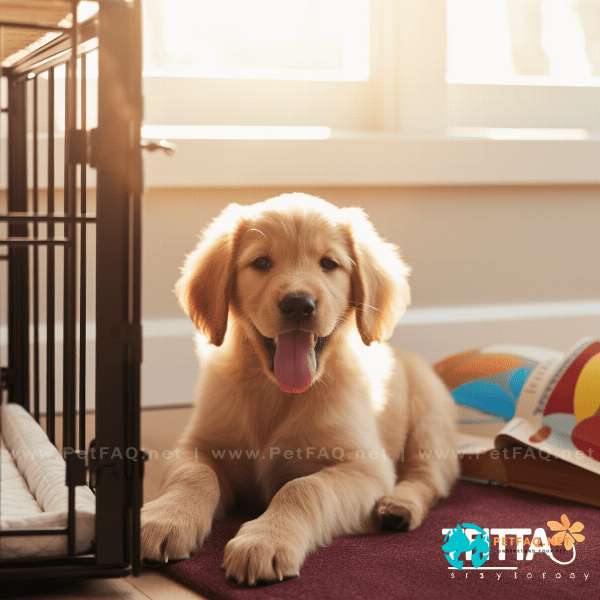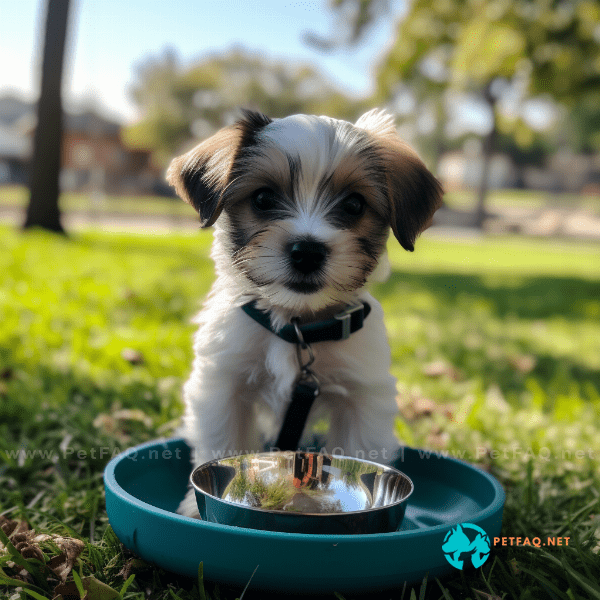Table of Contents
- Understanding Puppy Behavior: Tips for a Successful Training Journey
- Setting up Your Home for Puppy Training Success
- Basic Puppy Training Commands: Sit, Stay, Come, and more
- Positive Reinforcement Training: Rewards-Based Techniques for Puppies
- Potty Training your Puppy: Tips and Tricks for Success
- Leash Training: Teach Your Puppy to Walk on a Leash
- Socializing Your Puppy: The Importance of Early Exposure to New Experiences
- Dealing with Common Puppy Training Problems: Biting, Chewing, and Jumping
- Advanced Puppy Training: Teaching Tricks and More
- Keeping up with Puppy Training: Tips for Consistency and Reinforcement.
Understanding Puppy Behavior: Tips for a Successful Training Journey
Understanding puppy behavior is the first step in creating a successful training journey for your furry friend. As a new puppy parent, it’s important to realize that puppies are still in the early stages of development and are learning about the world around them. Puppies are curious and will often explore their surroundings using their mouths, which can lead to inappropriate chewing and biting behavior.
To create a successful training journey, it’s essential to establish a positive relationship with your puppy based on trust, respect, and love. This includes setting up a routine for your puppy’s daily activities, such as feeding, potty breaks, exercise, and playtime. It’s also important to create a safe and comfortable environment for your puppy to thrive in, as this will help them feel secure and calm.
One key aspect of understanding puppy behavior is recognizing their body language and vocal cues. For example, if your puppy is panting, whining, or barking, it may be a sign of stress, fear, or anxiety. Understanding these cues will help you respond appropriately and adjust your training techniques accordingly.
Finally, it’s important to remember that puppies learn best through positive reinforcement. This means rewarding good behavior with treats, praise, and affection, and avoiding punishment or negative reinforcement. By taking the time to understand your puppy’s behavior and needs, you can create a successful training journey that strengthens your bond and helps your furry friend become a well-behaved and happy member of your family.
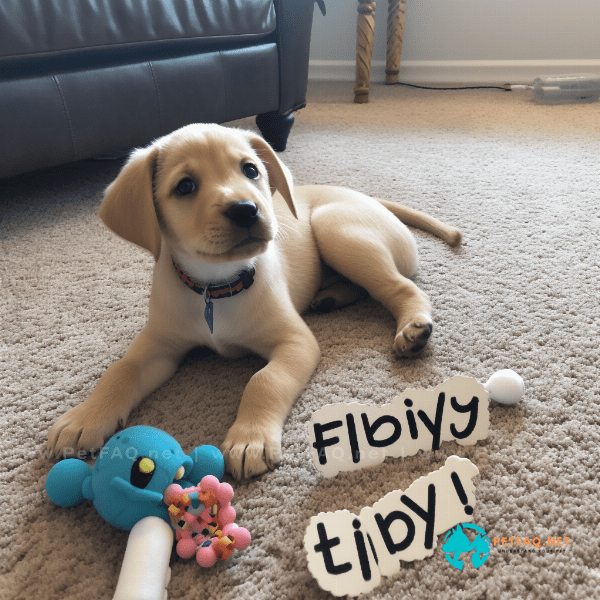
Setting up Your Home for Puppy Training Success
When it comes to Puppy training, setting up your home for success is key. Puppies are curious and energetic, and creating a safe and comfortable environment for them will help make training more effective and enjoyable for both you and your furry friend.
Start by puppy-proofing your home. This means securing any hazardous items, such as chemicals or electrical cords, and removing any items that your puppy could chew or destroy. It’s also a good idea to create a designated space for your puppy, such as a crate or playpen, where they can rest and feel secure.
Next, ensure that you have all the necessary supplies for puppy training, such as a leash, collar, treats, and toys. Having these items on hand will make it easier to train your puppy and reward good behavior.
It’s also important to establish a routine for your puppy’s daily activities. This includes regular feeding times, potty breaks, exercise, and playtime. By sticking to a consistent schedule, you can help your puppy develop good habits and behaviors.
Finally, consider enrolling your puppy in a puppy training class. These classes offer a structured environment for training and socializing your puppy, and can be a great way to learn new techniques and get expert advice.
By setting up your home for puppy training success, you can create a safe and supportive environment for your furry friend to learn and grow. With patience, consistency, and plenty of positive reinforcement, you can help your puppy become a well-behaved and happy member of your family.
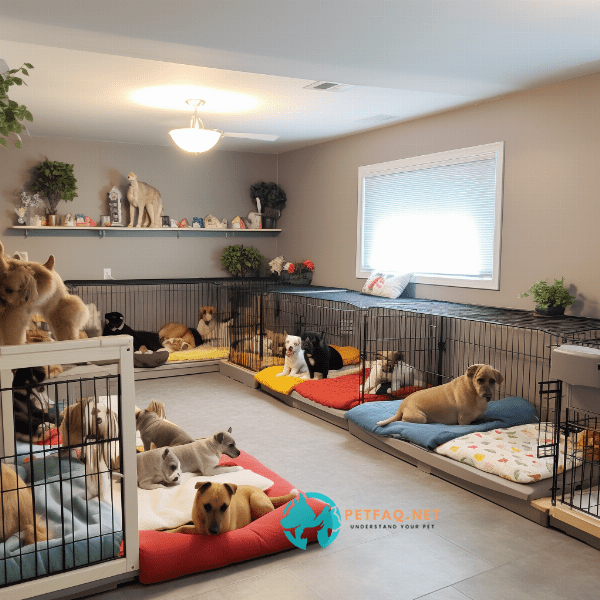
Basic Puppy Training Commands: Sit, Stay, Come, and more
Basic puppy training commands are the foundation of a well-behaved dog. These commands, including Sit, Stay, and Come, are essential for keeping your puppy safe and happy, and for building a strong bond between you and your furry friend.
The Sit command is one of the easiest commands to teach your puppy. Start by holding a treat above your puppy’s head and saying “Sit.” As your puppy looks up, their bottom will naturally lower to the ground. When their bottom touches the ground, give them the treat and praise them.
The Stay command is another important command to teach your puppy. Start by asking your puppy to sit, and then holding up your hand with your palm facing them, saying “Stay.” Slowly take a few steps back, and then immediately return to your puppy and reward them with a treat and praise.
The Come command is essential for keeping your puppy safe and under control. Start by using a leash to gently guide your puppy towards you while saying “Come.” When they reach you, give them a treat and plenty of praise.
Other basic commands you can teach your puppy include “Down,” “Leave it,” and “Heel.” By consistently practicing these commands and rewarding good behavior, you can help your puppy become a well-trained and obedient member of your family.
Remember, training takes time and patience, so be sure to keep sessions short and fun. By using positive reinforcement techniques and plenty of praise and affection, you can help your puppy learn and grow into a happy and well-behaved dog.
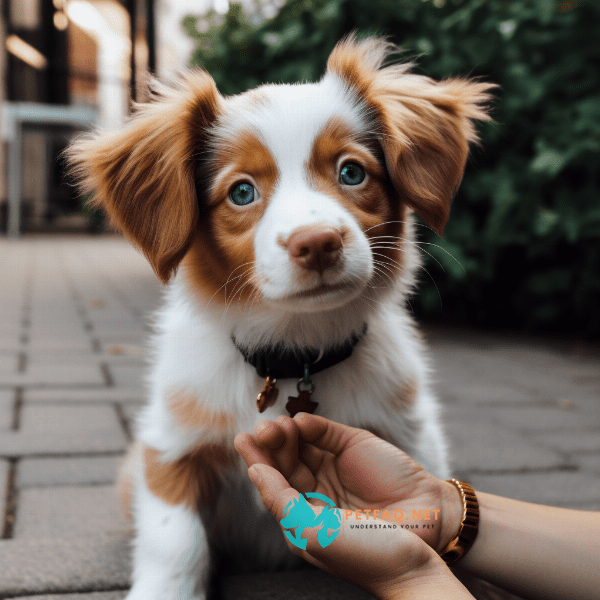
Positive Reinforcement Training: Rewards-Based Techniques for Puppies
Positive reinforcement training is a rewards-based technique that focuses on rewarding good behavior and ignoring or redirecting bad behavior. This method is widely recognized as one of the most effective ways to train puppies and has been shown to create a strong bond between puppies and their owners.
The first step in positive reinforcement training is to identify what motivates your puppy. Most puppies are highly food-motivated and will respond well to treats as a reward. However, some puppies may prefer toys or verbal praise as a reward. Once you’ve identified your puppy’s motivation, you can use it to reinforce good behavior.
For example, when teaching your puppy to sit, hold a treat above their head, say “Sit,” and when they sit, give them the treat and plenty of praise. By consistently rewarding good behavior, your puppy will begin to associate the behavior with positive outcomes and will be more likely to repeat the behavior in the future.
It’s important to remember that positive reinforcement training is not just about rewarding good behavior. It’s also about ignoring or redirecting bad behavior. For example, if your puppy jumps up on you, ignore the behavior and turn away from them. When they stop jumping, reward them with praise and attention.
By using positive reinforcement training, you can create a happy and well-behaved puppy that enjoys learning and is eager to please. This method of training is not only effective but also helps to build a strong bond between you and your furry friend, making training a fun and enjoyable experience for both of you.
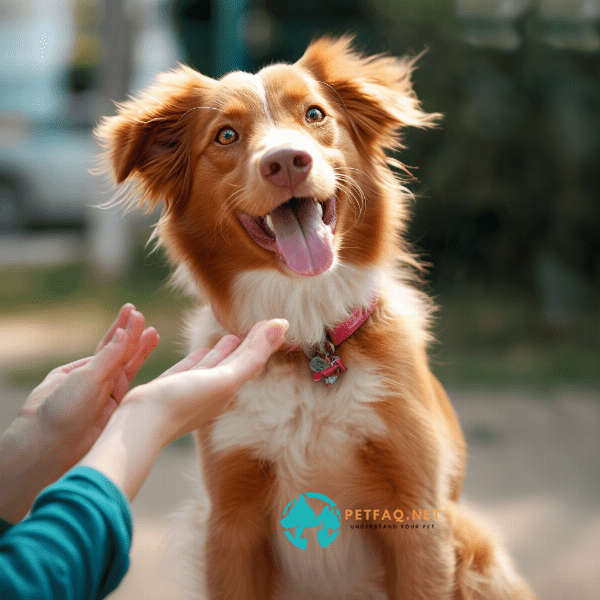
Potty Training your Puppy: Tips and Tricks for Success
Potty training is one of the most important aspects of puppy training. It can also be one of the most challenging, especially for new puppy owners. However, with patience, consistency, and the right approach, potty Training your puppy can be a success.
The first step in potty training your puppy is to establish a routine. This means taking your puppy outside to their designated potty area at regular intervals, such as first thing in the morning, after meals, and before bedtime. When your puppy goes potty outside, be sure to reward them with plenty of praise and treats.
If your puppy has an accident indoors, it’s important to clean it up thoroughly to remove any traces of odor. This will help prevent your puppy from being attracted back to the same spot to go potty again. It’s also important not to scold or punish your puppy for accidents, as this can cause anxiety and make potty training more challenging.
Using a crate or playpen can also be a helpful tool for potty training. Puppies naturally want to keep their sleeping area clean, so by keeping your puppy in a crate or playpen when you can’t supervise them, you can help them learn to hold their bladder and avoid accidents indoors.
Finally, be patient and consistent. Potty training takes time and can be frustrating at times, but by staying positive and consistent, you can help your puppy learn good potty habits and behaviors.
With these tips and tricks, potty training your puppy can be a success. By establishing a routine, using rewards, and being patient and consistent, you can help your puppy become a happy and well-trained member of your family.
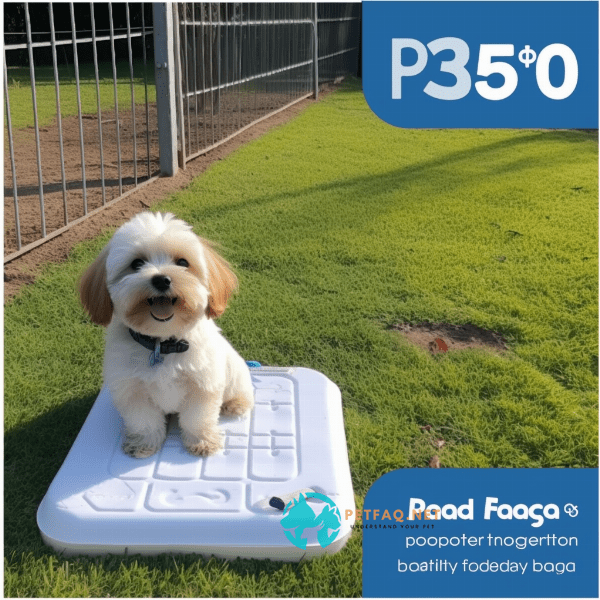
Leash Training: Teach Your Puppy to Walk on a Leash
Leash training is an essential part of puppy training, as it helps your puppy learn to walk on a leash without pulling or dragging you along. Leash training can be a challenge, especially for puppies who are new to being on a leash. However, with patience and consistency, you can help your puppy become a confident and well-behaved walker.
The first step in leash training your puppy is to get them used to wearing a collar and leash. Start by putting the collar on your puppy and letting them wear it around the house for short periods. Once your puppy is comfortable with the collar, attach the leash and let your puppy drag it around the house, supervised.
When you’re ready to start walking with your puppy on a leash, choose a quiet and familiar location. Allow your puppy to explore and sniff around while on the leash, but gently guide them with the leash when they start to pull or wander off.
As your puppy becomes more comfortable with walking on a leash, gradually increase the distance and duration of your walks. Be sure to reward your puppy with treats and praise for good behavior, such as walking by your side and not pulling on the leash.
If your puppy starts to pull on the leash, stop walking and wait for them to come back to your side. When they do, reward them with treats and praise. This will help teach your puppy that walking by your side is the behavior you want to reinforce.
Remember, leash training takes time and patience. By using positive reinforcement techniques and consistent training, you can help your puppy become a confident and well-behaved walker, making walks an enjoyable experience for both of you.
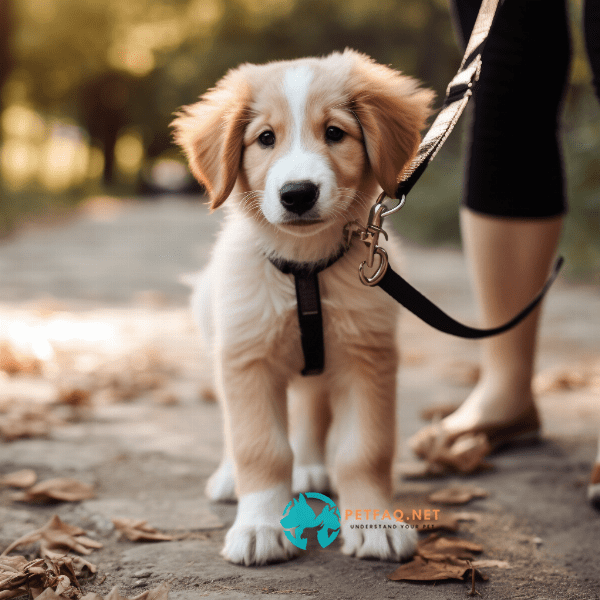
Socializing Your Puppy: The Importance of Early Exposure to New Experiences
Socializing your puppy is an important aspect of puppy training, as it helps your puppy develop good behavior and social skills around people, other dogs, and new environments. Early socialization is crucial, as puppies are most receptive to new experiences and learning during the first few months of their lives.
The goal of socialization is to expose your puppy to a variety of experiences and situations in a positive and controlled way. This includes meeting new people and dogs, visiting new places, and experiencing different sights, sounds, and smells. By exposing your puppy to these experiences in a positive way, you can help them learn to feel comfortable and confident in new situations.
When socializing your puppy, it’s important to start slowly and gradually increase the level of exposure. For example, start by introducing your puppy to a few new people or dogs at a time, and gradually increase the number as your puppy becomes more comfortable. Always supervise your puppy during socialization to ensure their safety and to prevent any negative experiences.
Positive reinforcement techniques, such as treats and praise, can be used to reward your puppy for good behavior during socialization. This can help reinforce good social skills and encourage your puppy to continue to interact positively with new people and dogs.
Remember, socialization is a process that takes time and patience. By providing your puppy with early exposure to new experiences in a positive and controlled way, you can help them develop good behavior and social skills that will benefit them for the rest of their lives.

Dealing with Common Puppy Training Problems: Biting, Chewing, and Jumping
Puppy training can be a challenge, and it’s not uncommon to encounter some common behavior problems, such as biting, chewing, and jumping. Fortunately, there are several techniques you can use to address these issues and help your puppy develop good behavior.
Biting is a common problem for puppies, as they explore the world with their mouths. To discourage biting, it’s important to teach your puppy that biting is not an acceptable behavior. You can do this by redirecting your puppy’s biting to a chew toy or bone, and rewarding them for chewing on the appropriate items.
Chewing is another common problem for puppies, as they are teething and need to chew to relieve discomfort. To prevent destructive chewing, provide your puppy with plenty of appropriate chew toys and bones, and supervise them closely to prevent them from chewing on inappropriate items.
Jumping is a behavior that many puppies exhibit when greeting people. To discourage jumping, it’s important to teach your puppy that jumping is not an acceptable behavior. You can do this by ignoring your puppy when they jump, and rewarding them when they greet people calmly.
Remember, addressing common puppy training problems takes time and consistency. By using positive reinforcement techniques and providing your puppy with appropriate outlets for their behavior, you can help them develop good behavior and become well-behaved adult dogs. If you’re having difficulty addressing these issues, consider seeking the help of a professional trainer or behaviorist.
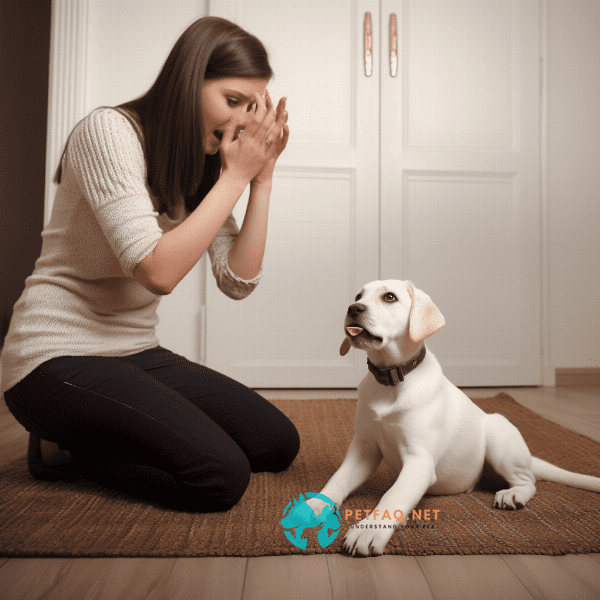
Advanced Puppy Training: Teaching Tricks and More
Once your puppy has mastered the basic obedience commands, such as sit, stay, and come, you can begin to teach them more advanced skills and tricks. Advanced training can be a fun and rewarding way to bond with your puppy and challenge them mentally.
One advanced skill you can teach your puppy is the “heel” command, which involves walking calmly beside you on a leash. To teach your puppy to heel, start by walking with your puppy on a loose leash and rewarding them for walking calmly beside you. Gradually increase the distance and duration of your walks, and reward your puppy for good behavior.
You can also teach your puppy more advanced tricks, such as shaking hands, rolling over, or playing dead. To teach these tricks, break them down into smaller steps and use positive reinforcement to reward your puppy for each step. With patience and consistency, your puppy can learn a variety of fun and impressive tricks.
It’s important to keep training sessions fun and engaging for your puppy, and to avoid becoming frustrated or pushing your puppy too hard. If your puppy becomes disinterested or frustrated, take a break and try again later.
Remember, advanced puppy training should always be based on positive reinforcement and should never involve punishment or physical force. With patience, consistency, and positive reinforcement, you can teach your puppy a variety of fun and impressive skills that will strengthen your bond and challenge them mentally.
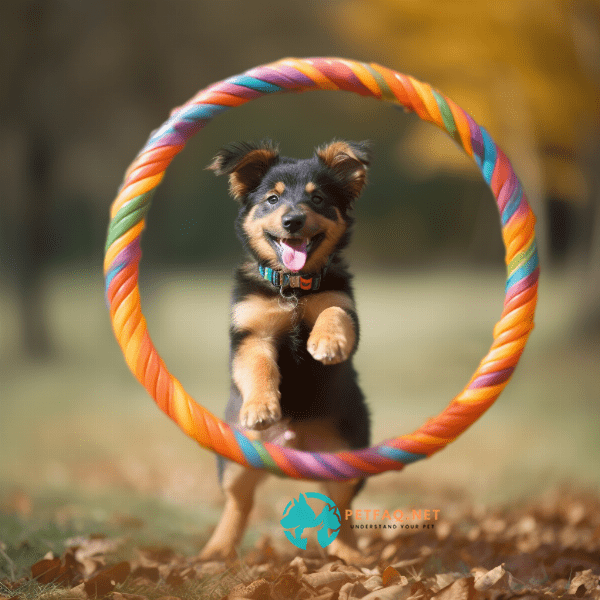
Keeping up with Puppy Training: Tips for Consistency and Reinforcement.
Consistency and reinforcement are key to successful puppy training. Once you’ve established a training routine and taught your puppy the basic commands and skills, it’s important to continue reinforcing good behavior and working on advanced training.
One of the most important tips for consistency and reinforcement is to practice training on a regular basis. Consistent, daily training sessions will help your puppy retain what they’ve learned and continue to build on their skills. It’s also important to use consistent commands and signals to avoid confusing your puppy.
Another key to reinforcement is using positive reinforcement techniques, such as treats, praise, and playtime. These rewards help your puppy associate good behavior with positive outcomes and reinforce their desire to behave well. Avoid using punishment or physical force, as these methods can be counterproductive and damage your relationship with your puppy.
To keep up with your puppy’s training, consider enrolling in a training class or working with a professional trainer. This can help you stay on track with your training goals and provide you with new ideas and techniques to keep your puppy engaged and learning.
Remember, consistency and reinforcement are key to successful puppy training. By practicing daily, using positive reinforcement techniques, and seeking outside help when needed, you can help your puppy develop good behavior and become a well-behaved adult dog.
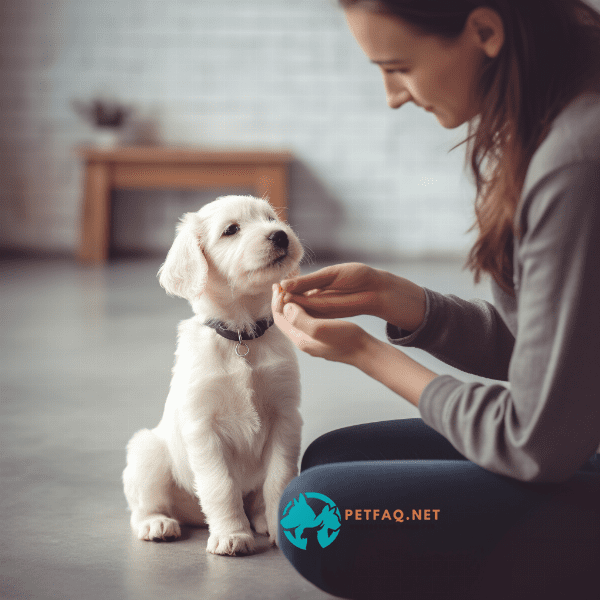
Frequently Asked Questions (FAQs) about Effective Puppy Training:
1. What are some effective ways to train a puppy not to bark excessively?2. How often should you train a puppy, and for how long?
3. What are the benefits of enrolling your puppy in a professional training program?
4. How can you train a puppy to be comfortable with being handled and groomed?
5. How do you introduce a new puppy to other pets in the house?

